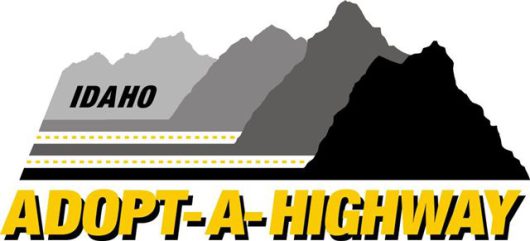In late March, the form to apply for the Adopt-A-Highway litter pickup program moved online to better service customers, as did the request for litter-patrol equipment (safety vests, traffic-control signs and trash bags) as well as the mechanism to report litter-patrol results after the event. The website where this is available also shows in real time the route segments available across the state – a task that previously was based on a spreadsheet that was frequently out-of-date. A group can also renew their contract, expand their assigned route, and modify the group’s name or contact info online.

In the past, the forms for approximately 1,000 groups in the AAH program were all paper-based, relied on snail mail and manual inputs into an antiquated database, and the process was time-consuming. One example was the reporting process.
“Groups were under the misunderstanding by leaving the equipment check-out form at the shed that they were reporting their litter pick-up, and it was all being tracked for them. This wasn’t always the case, however. We’ve received boxes of five-year-old forms complete with dead mice to process. In the meantime, we’ve contacted the group saying we have no reported litter pickups tied to their contract and upset the people who are volunteering their time to complete a thankless job on our behalf,” explained AAH Statewide Coordinator Judi Conner.
She said it was often frustrating and the paper-based processes were expensive. The change is also expected to save valuable time.
“We spent a lot of time taking phone calls and transferring calls. Litter pick-up report cards left at the maintenance shed were seldom forwarded for the required record tracking. Ironically, we generate a large amount of trash. Not having electronic applications, equipment requests, and reporting capabilities is a turn-off to younger people who might apply. We lose groups because we’re using a stamp and envelope,” Conner said. Additionally, potential identity theft is thwarted by not having contact info printed out and left lying around.
“Although we still allow the manual process when requested, this alleviates the frustration and complaints of the public and generates interest in the program with younger and more technical persons,” Conner explained. “This allows the ITD district contact time to focus on priority work as needed vs continuous printing, emails, phone calls and assisting customers at the counter.”

